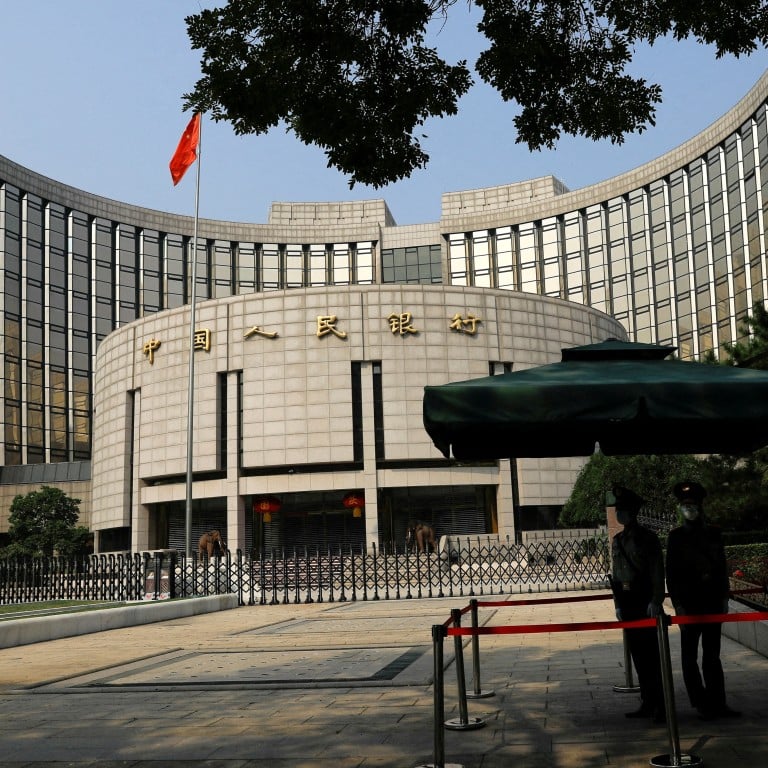
Chinese banks brace for tough year as low interest rates, property crisis hit profitability
- Last week major banks reported declining net interest margins, a crucial measure of their profitability
- The net interest margins of state-owned banks declined by an average of 24 basis points last year, Jefferies’ analysts said
Last week major banks reported declining net interest margins, a crucial measure of their profitability. China Construction Bank, for example, recorded a margin of 2.02 per cent in 2022, the lowest since 2018.
“The senior management are taking the decline of our net interest margin very seriously as they are being squeezed by a lower loan prime rate (LPR) and companies and households opting for long-term deposits under the current economic environment,” said Sheng Liurong, the lender’s chief financial officer last Thursday during a results briefing.
“We believe that in the coming year, we will face some downward pressure on the net interest margin as the impact of lower LPR will continue to play out.”
The whole banking sector is expected to feel the pain, with net interest margins seen shrinking further in the first quarter of 2023, said Fu Wanjun, president of Agriculture Bank of China, last Thursday. The country’s third-largest lender by assets saw its net interest margin slide for five straight years to 1.9 per cent in 2022.
Bank of Communications and Industrial and Commercial Bank of China (ICBC) saw their interest margin dip 8 basis points and 19 basis points, respectively, over the past year.
“We will focus on improving the structure of assets and liabilities and try to reduce the low-yield assets ratio to maintain a healthy and stable net interest margin,” said Zhang Yi, vice president of Bank of China on Friday during a results briefing.
The property crisis in China is also making it hard for banks to turn a profit, as homebuying sentiment remains weak and developers face cash crunches.
The liquidity stress in the property industry “will still need time to recover,” according to Lin Hua, chief risk officer at Bank of Communications. He warned that the quality of mortgage assets will continue to suffer.
The bearish outlook for the property market portends much slower growth, if not an outright contraction, in new mortgage applications, said Xu Tianchen, China economist at the Economist Intelligence Unit.
“Mortgage is perceived as one of the top-quality assets by banks,” he said. “As a result, banks will need to find alternative quality assets to fill the gap.”
ICBC’s chief risk officer Wang Jingwu said the bank was “impacted by property market adjustments last year,” as reflected by a rising non-performing loan (NPL) ratio for mortgages. The non-performing ratio for real estate loans rose in 2022 at major banks, according to data compiled by Bloomberg.
“Banks will bear additional credit risks in the short term as they increase financing for the property sector,” Moody’s analysts said in a note in March.
They said the outlook for China’s banking sector is negative because of deteriorating asset quality and profitability.
“Formation of new NPLs remains a risk to banks’ asset quality,” it said. “It will take time for retail and corporate borrowers to rebuild their ability to pay.”
Besides the lower yields on corporate and mortgage loans that will strain banks’ profitability, Moody’s also expects the narrowing of net interest margins to slow in 2023.
“Lower deposit and funding costs will mitigate the impact of lower asset yields,” it said. “Credit cost is likely to stay high because of the risk of formation of new NPLs.”
“We expect earnings this year to be challenged by shrinking demand, supply shocks and weakening expectations.”



